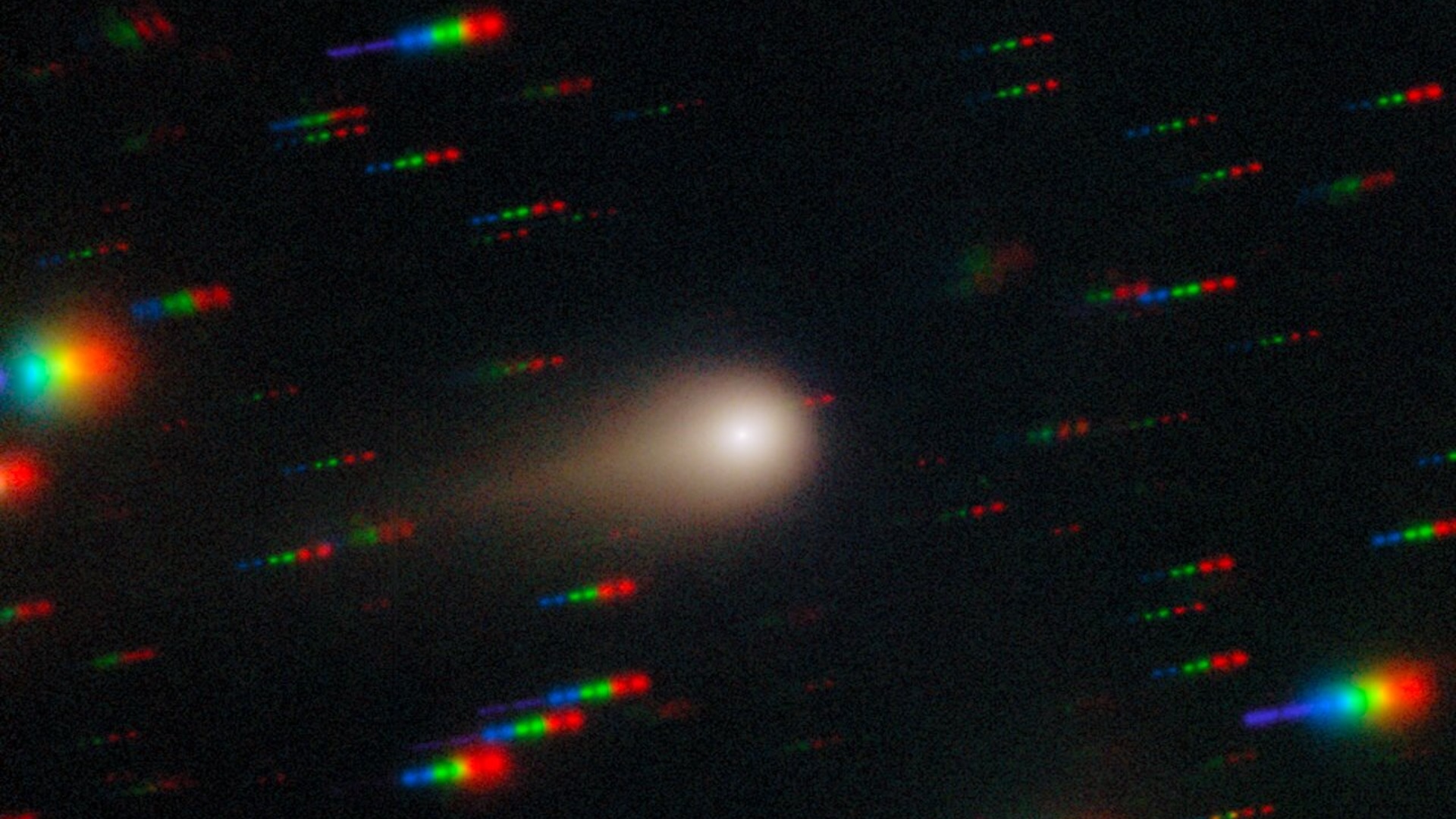Black holes: Facts, news, features and articles about the darkest objects in the universe
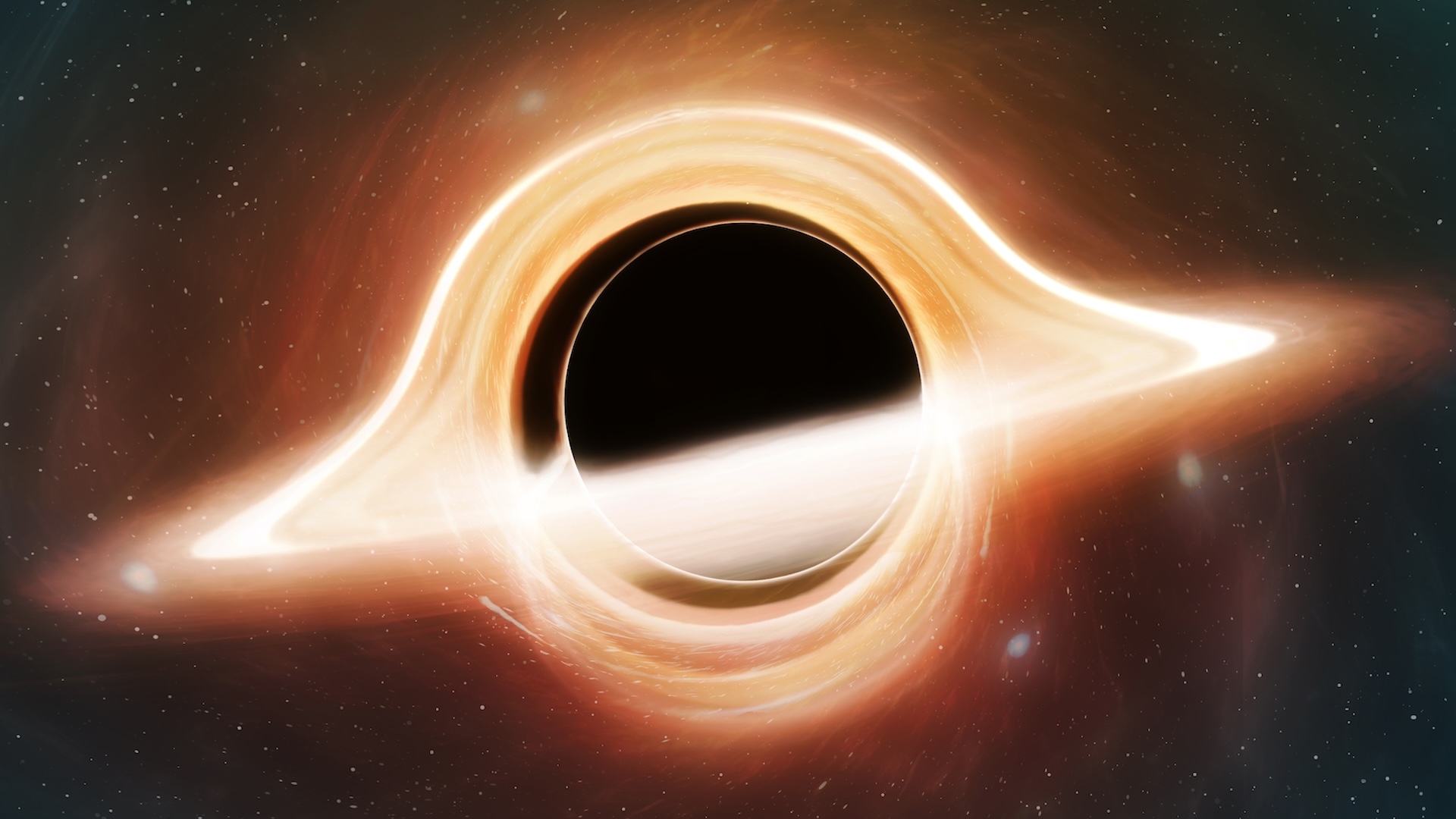
What they are: Places in space where gravity is so strong that nothing can escape
How they form: When a massive star collapses in on itself
Why they're black: Their gravitational pull is so extreme that even light can't escape
Black holes are places where gravity is so powerful that nothing — not even light — can escape. Rather than being empty, black holes are chock full of matter that gets squeezed into a teensy space.
The idea of black holes was first proposed in 1916, but at the time, physicists didn't think they actually existed. Today, we know that black holes are all around the universe, from far-away galaxies to the center of our own Milky Way.
Read on to discover everything you need to know about how black holes form, what it's like inside of a black hole and what would happen if you fell in one.
5 fast facts about black holes
- The closest black hole, Gaia BH1, is about 1,500 light-years away.
- The biggest known black hole is TON 618. It's 66 billion times more massive than the sun.
- A supermassive black hole called Sagittarius A* lies at the center of the Milky Way.
- The Milky Way may contain millions of black holes.
- Black holes are freezing cold. At their center, they can reach temperatures near absolute zero.
Everything you need to know about black holes
How do black holes form?
Black holes can form when a huge star dies. This happens because stars produce light and heat through a process called nuclear fusion. In this process, two small atoms fuse together to form a heavier atom, which releases energy. Those heavier atoms then fuse to form even heavier atoms, and so on to keep the star churning out light and heat.
When very big stars near the end of their lives, they fuse heavier and heavier atoms in their centers. Eventually, they start forming iron atoms. But fusing iron takes more energy than the reaction produces, so the star starts to collapse in on itself, forming a black hole.
Supermassive black holes are a special type of black hole that are millions of times bigger than our sun. Supermassive black holes form over hundreds of millions of years by both feeding on material around them and merging with other black holes.
There may be other black holes that formed right after the universe began. If they exist, they formed because soon after the Big Bang, there were pockets of space with so much matter squished in them that they collapsed and formed black holes. But scientists haven't yet found one of these "primordial" black holes yet.
What happens inside a black hole?
Black holes may look like empty space, but they're the opposite. Inside a black hole, you would find loads and loads of material squished down to an infinitely small point. This tiny yet extremely dense point is called a singularity. Physicists don't know what happens at the singularity. It's such an extreme environment that all of our current knowledge of physics breaks down, making them technically impossible. It may be that we just don’t fully understand them yet.
Surrounding that singularity is the event horizon, the invisible boundary that marks the entrance to the black hole. Once anything crosses the event horizon, it can never, ever leave. In order to escape, one would have to travel faster than the speed of light, which is also impossible.
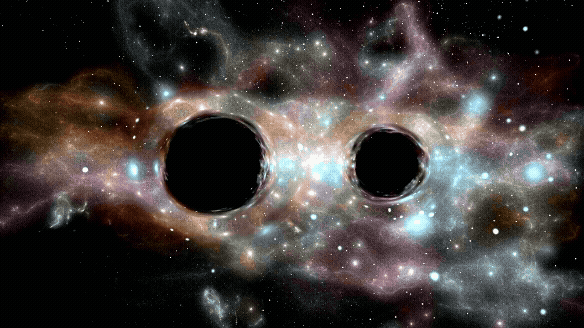
What do black holes look like?
Black holes are black because their gravitational pulls are so strong that even light can't escape them. Without any light coming from their centers, they look completely dark. But astronomers can still "see" black holes through other methods.
One way to detect black holes is through the quasars they produce. Quasars are very hot, bright objects that happen when black holes pull in gas and dust. The ring of dust and gas around the black hole glows brightly, making it easy for astronomers to spot them. Some quasars shine brighter than entire galaxies, and are visible billions of light-years across the universe. Another way to "see" black holes is when they merge. When two black holes collide, they send out ripples in space-time, kind of like waves on the ocean. These are known as gravitational waves. These waves are incredibly weak, but sensitive instruments on Earth can detect them. To date, astronomers have identified at least 50 black hole merger events.
The first true "image" of a black hole ever created came out in 2019, when astronomers used the Event Horizon telescope to snap an image of a lit-up disk of material swirling around a black hole called M87*. Weighing 3 billion times that of the sun and sitting in a galaxy over 50 million light-years away, M87* looked like a distorted orange donut. Since it's impossible to take a picture of the black hole itself (because no light can escape), what the astronomers instead saw was its "shadow," the hole in the glowing material surrounding it. In 2022, the same telescope took an image of the black hole at the center of the Milky Way.
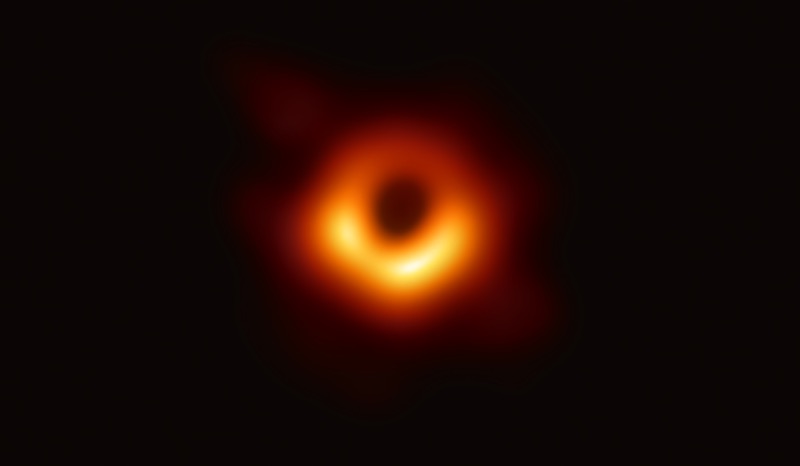
Who discovered black holes?
Physicist Karl Schwarzschild accidentally discovered black holes in 1916, when he was figuring out a particular solution to Einstein's general theory of relativity. But that solution contained a strange feature: the theory behaved strangely at a specific size, known today as the Schwarzschild radius.
It was later realized why this number was so special. If you compressed the mass of an object into a space smaller than the Schwarzschild radius, its gravitational pull would overwhelm every known force and nothing could escape. Early physicists assumed that other physical laws made this impossible. But in the late 1930s, it became clear that nature could indeed allow black holes to exist when Indian physicist Subrahmanyan Chandrasekhar found that above a certain density, no force can overwhelm gravity. However, black holes can only form under the most extreme conditions.
What would happen if you fell into a black hole?
If you fall into a black hole, death is guaranteed. As you approach a black hole, the gravitational forces are so strong that you would be stretched head-to-toe into a long, thin strand of particles before even reaching the event horizon, a terrible fate called "spaghettification."
Average size black holes would spaghettify you so fast your brain would rip apart into separate atoms instantly and you wouldn't have time to notice anything. But bigger black holes would take longer to spaghettify you. In that instance, you'd start going faster, approaching the speed of light. As that happened, time would slow down more and more. This would create a very weird effect, where when you looked into the black hole (if you were still alive), you'd see everything that happened in the past near that spot falling into it. If you looked behind you, you'd see everything that would happen in the future.
Black hole pictures
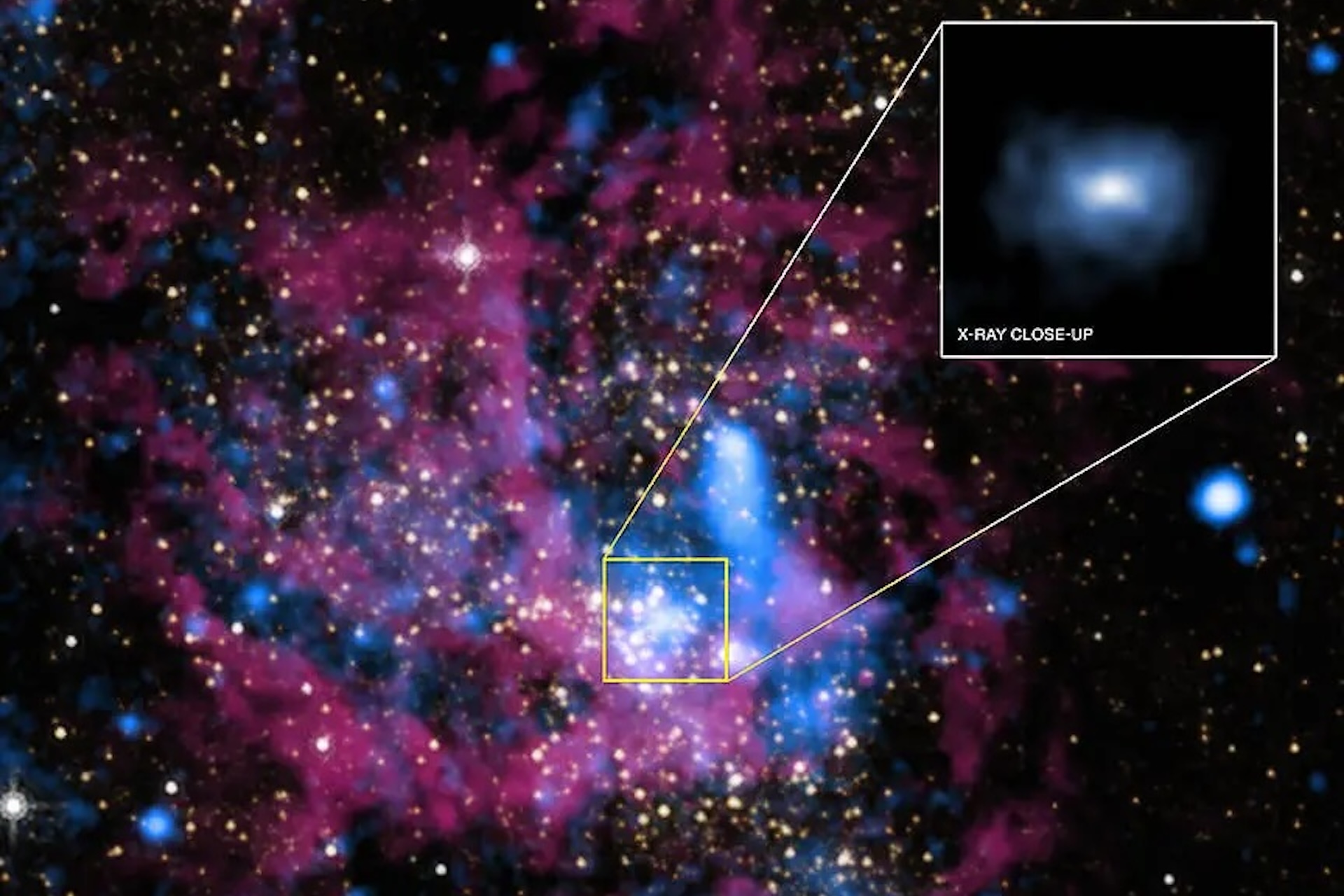
A black hole at the center of the Milky Way
Sagittarius A* is a supermassive black hole at the center of our Milky Way. Scientists believe most large galaxies have a supermassive black hole at their center.
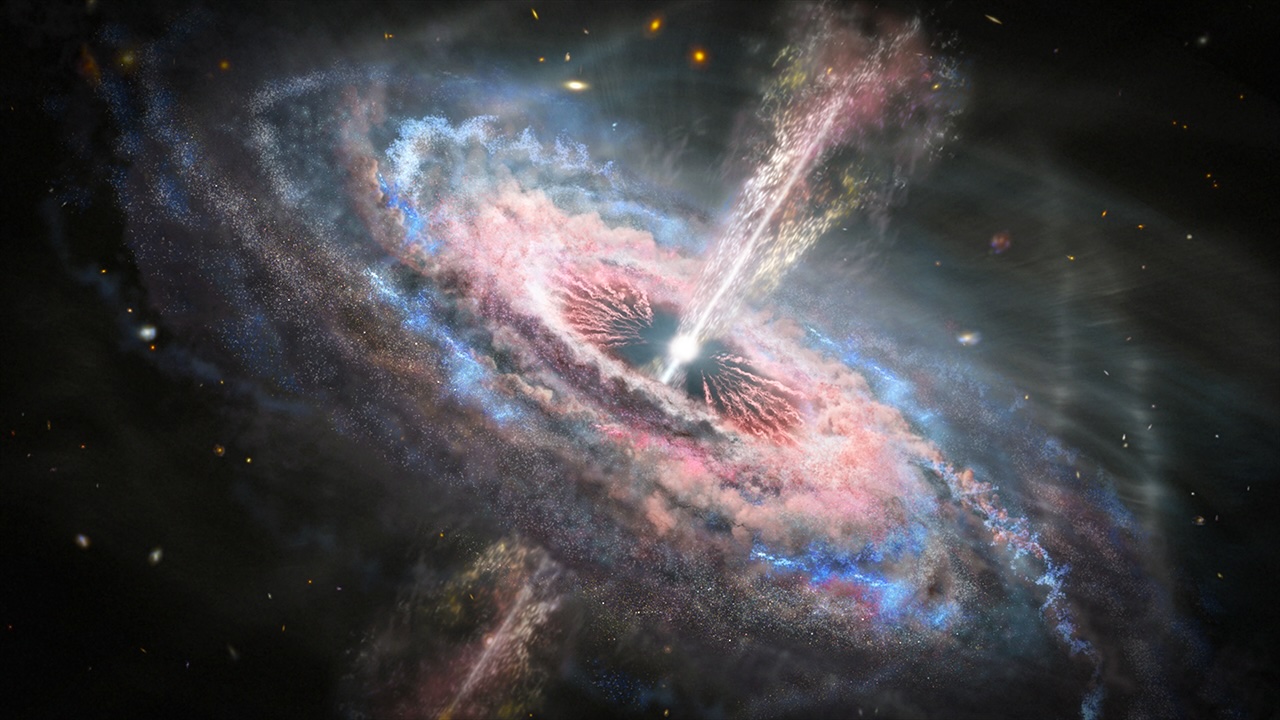
Quasars
Quasars are powerful bursts of energy released by black holes. Scientists can look for quasars to "see" black holes.
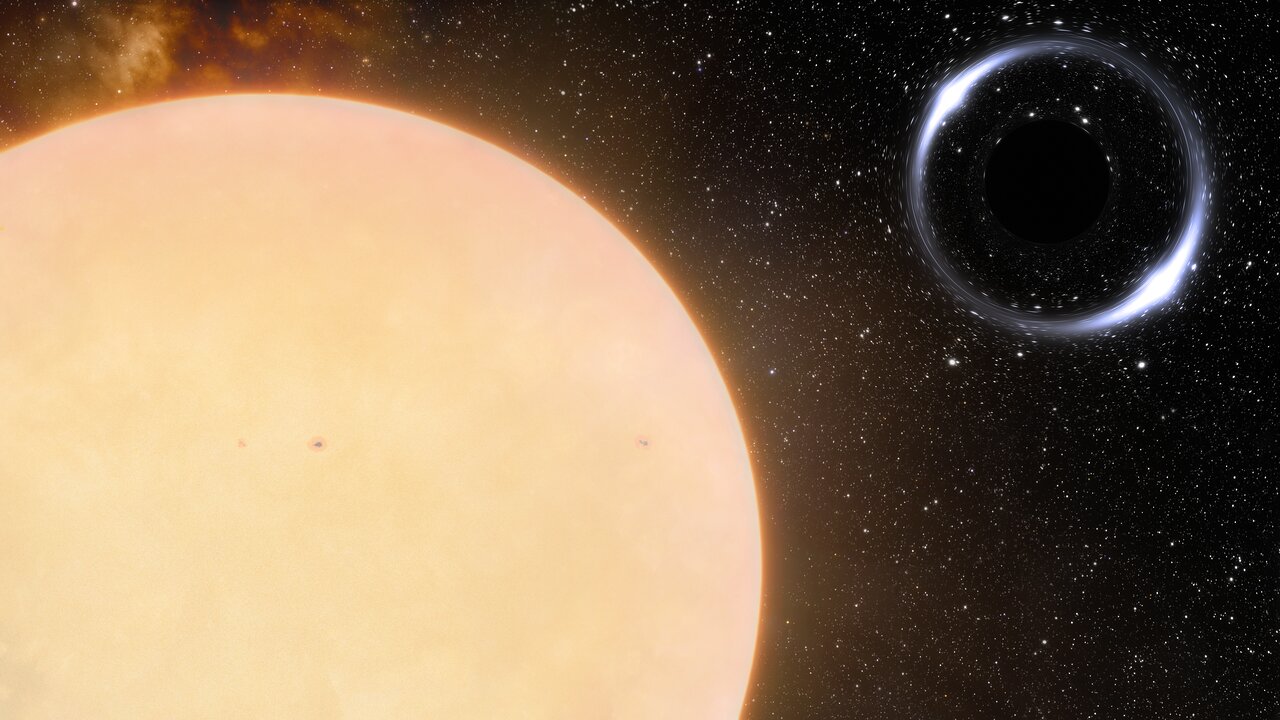
Our nearest black hole
Gaia BH1 is the closest black hole to Earth. In this illustration, it's shown with the sun-like star that it orbits.

Spaghettification
If you fell into a black hole, your body would be stretched head-to-toe by the powerful gravity — a fate called "spaghettification".
Discover more about black holes
Latest about Black Holes
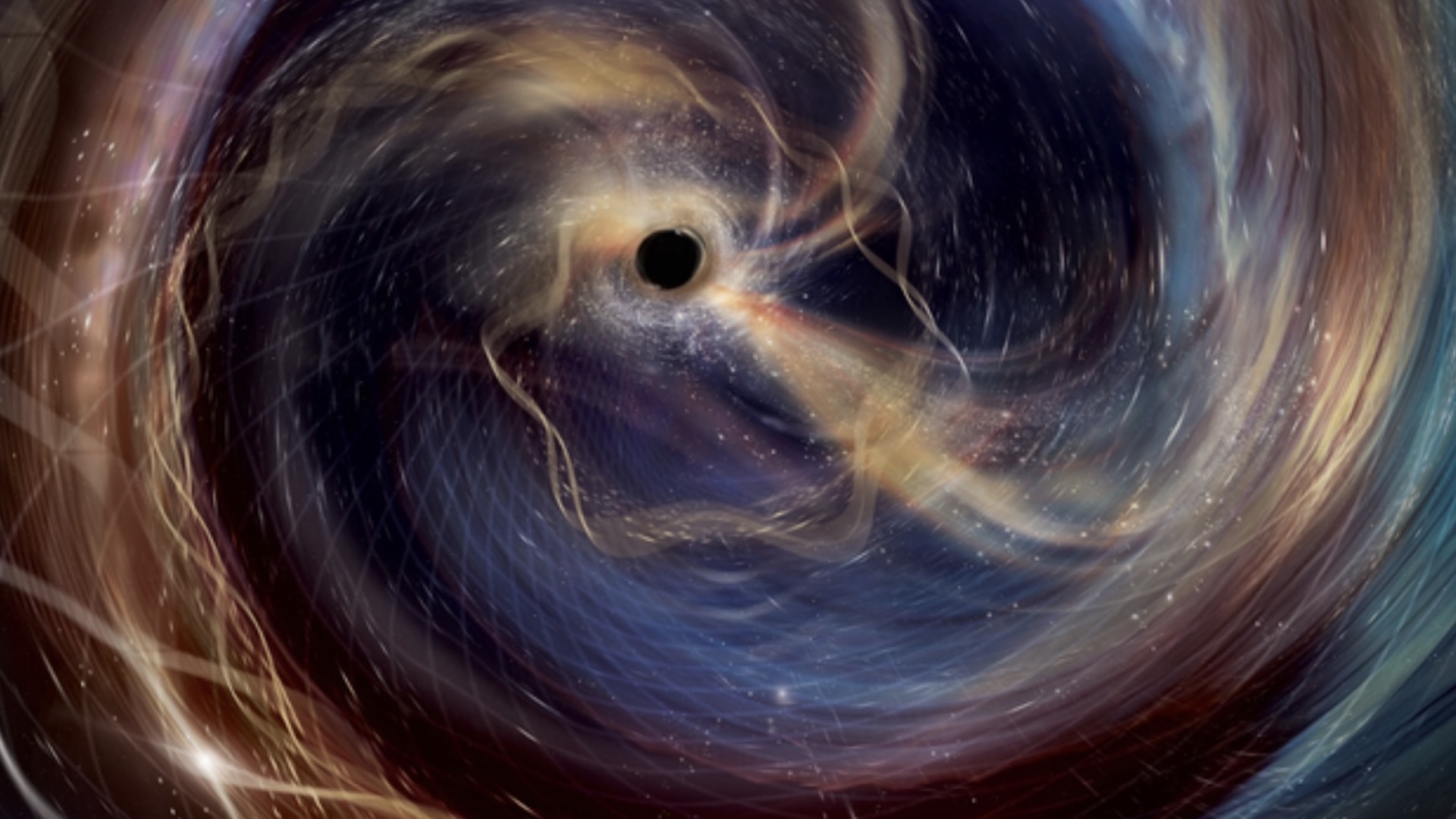
Physicists detect rare 'second-generation' black holes that prove Einstein right... again
By Elizabeth Howell published
Physicists have analyzed two enormous black hole mergers that happened one month apart and have come up with tantalizing evidence that rare "second-generation" black holes were involved.
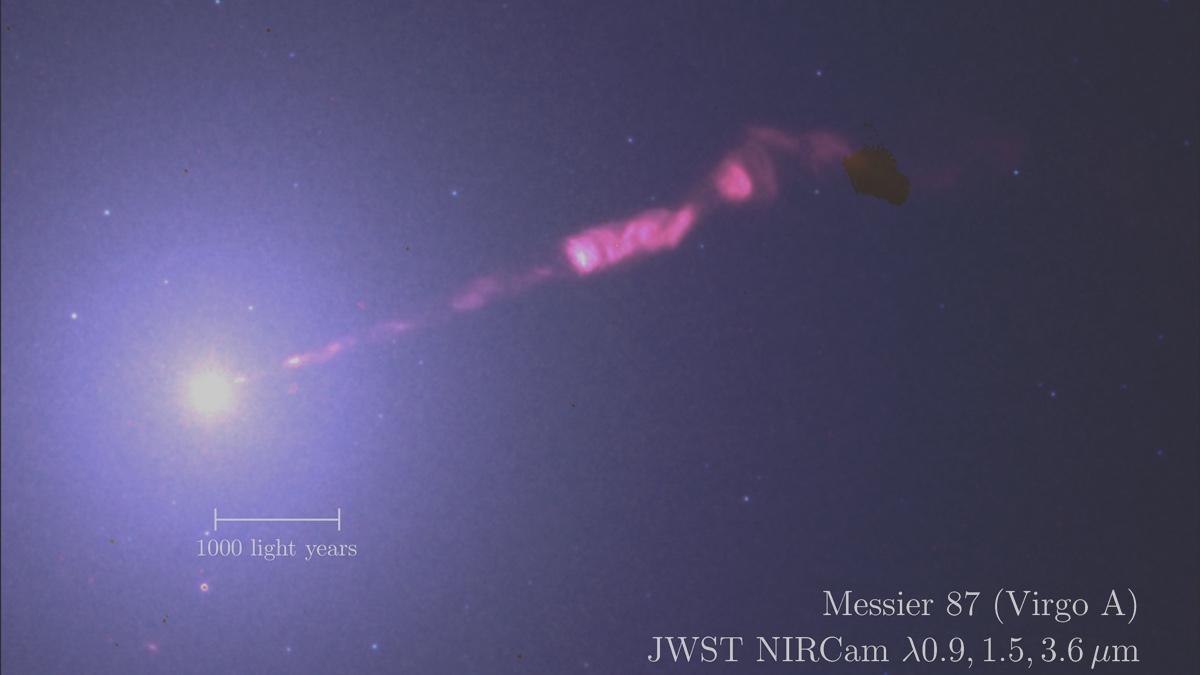
James Webb telescope finds something 'very exciting' shooting out of first black hole ever imaged
By Sophie Berdugo published
Using the James Webb Space Telescope's infrared camera, scientists have captured the gigantic jet blasting out of M87* in a new light.
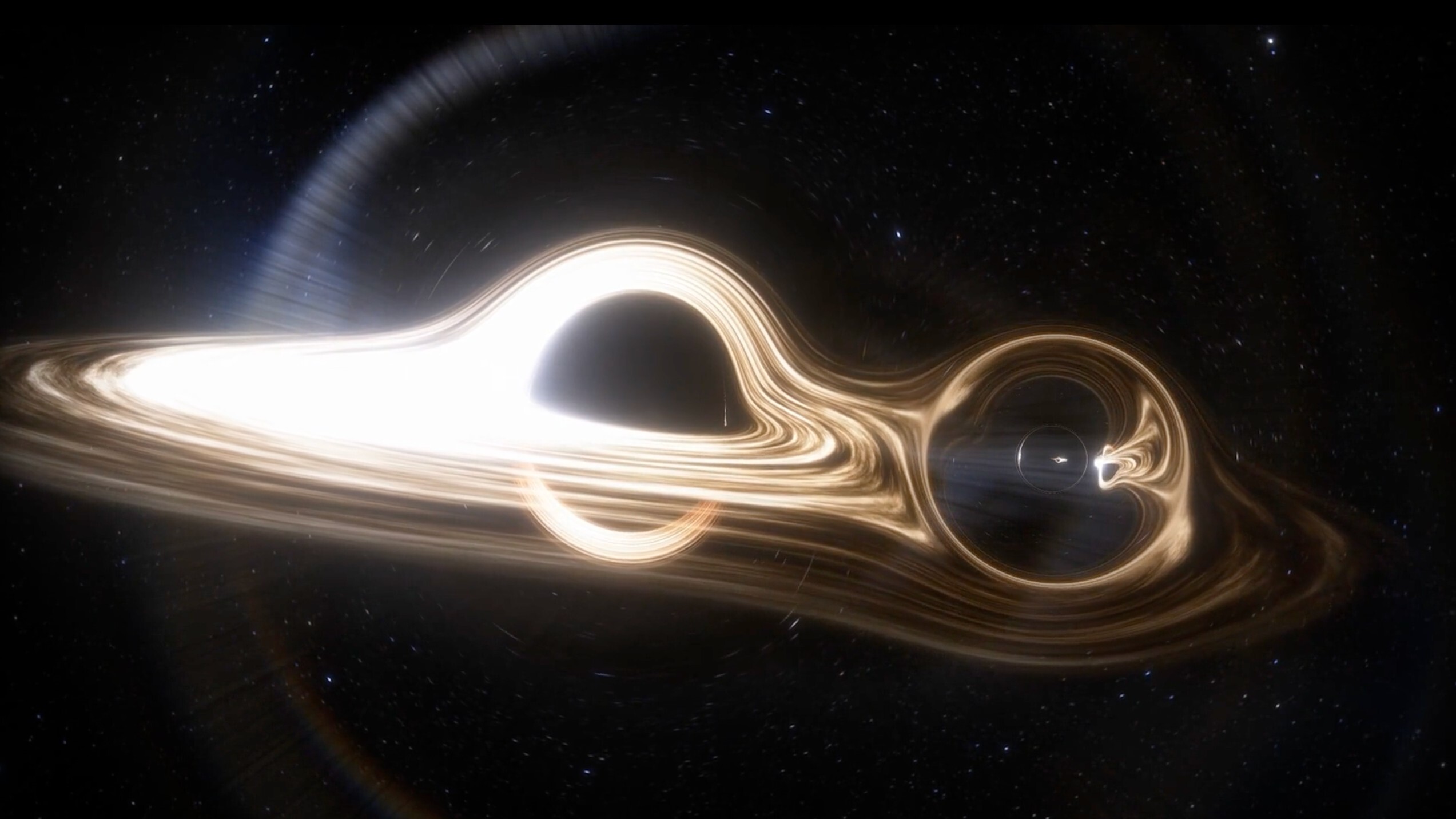
Groundbreaking image shows two black holes orbiting each other for first time
By Ben Turner published
Observations by a system of radio telescopes have offered the first visual evidence for the existence of black hole pairs. But vital follow-up observations are needed before we know for sure.
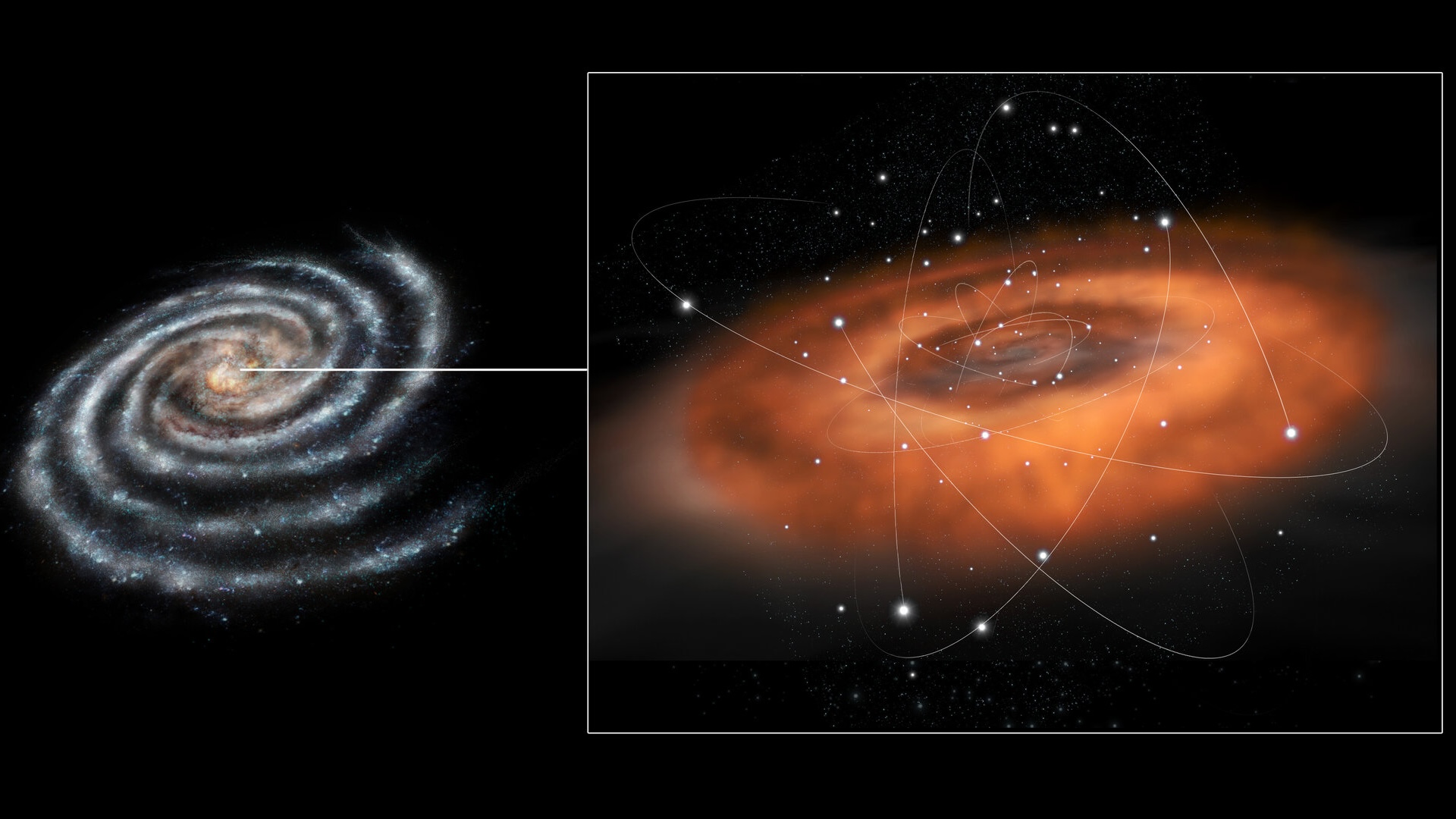
Stars live longer, stranger lives after nearly being swallowed by a black hole
By Anirban Mukhopadhyay published
A new study shows survivor stars can live billions of years longer than normal, carrying chemical fingerprints of their violent encounters with the Milky Way's black hole.
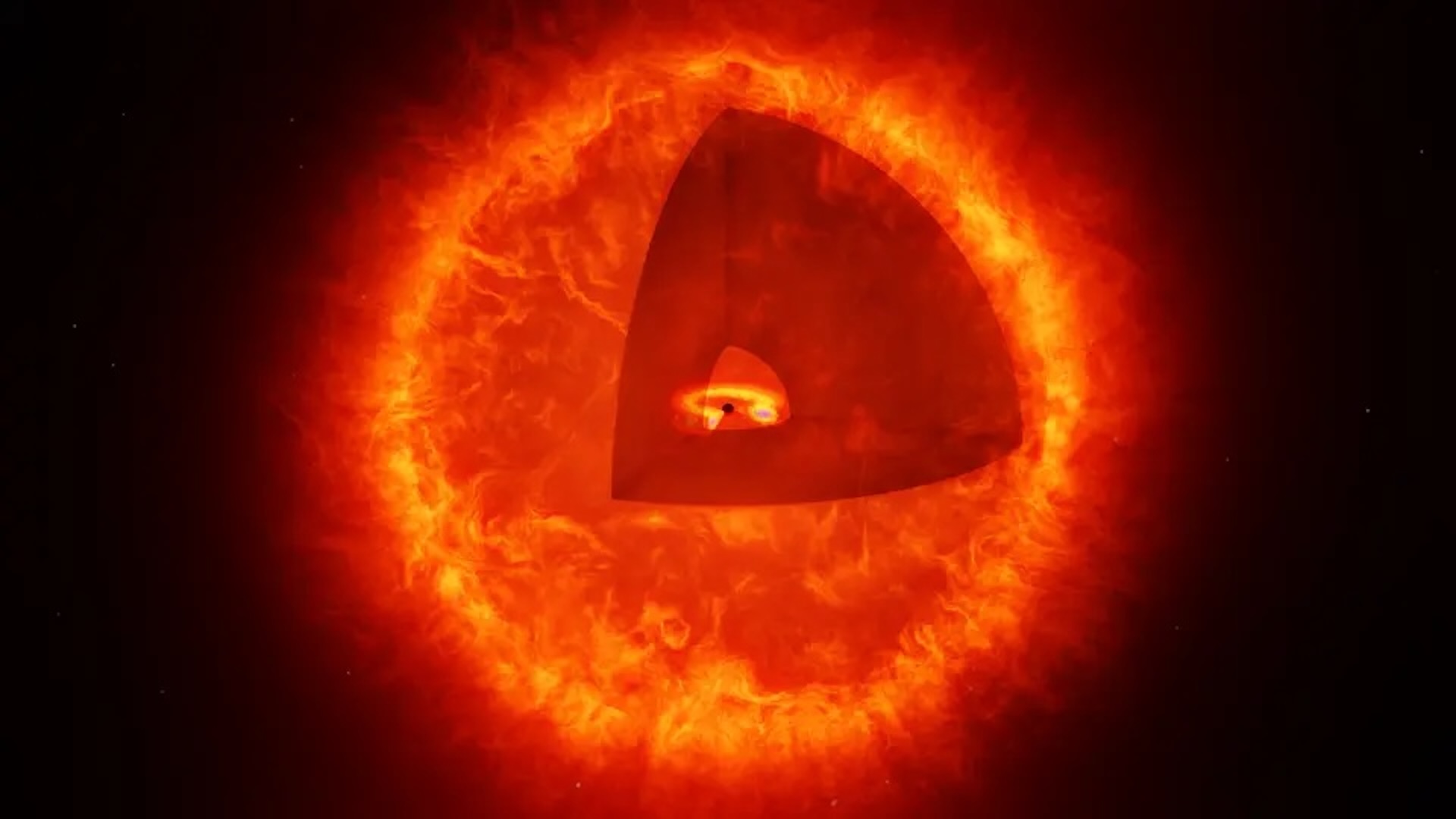
The James Webb telescope may have discovered a brand new class of cosmic object: the black hole star
By Shreejaya Karantha published
Using the James Webb Space Telescope, astronomers discovered an extreme version of "little red dots" dubbed "The Cliff." Its light suggests that it could be a never-before-seen class of objects called a "black hole star."
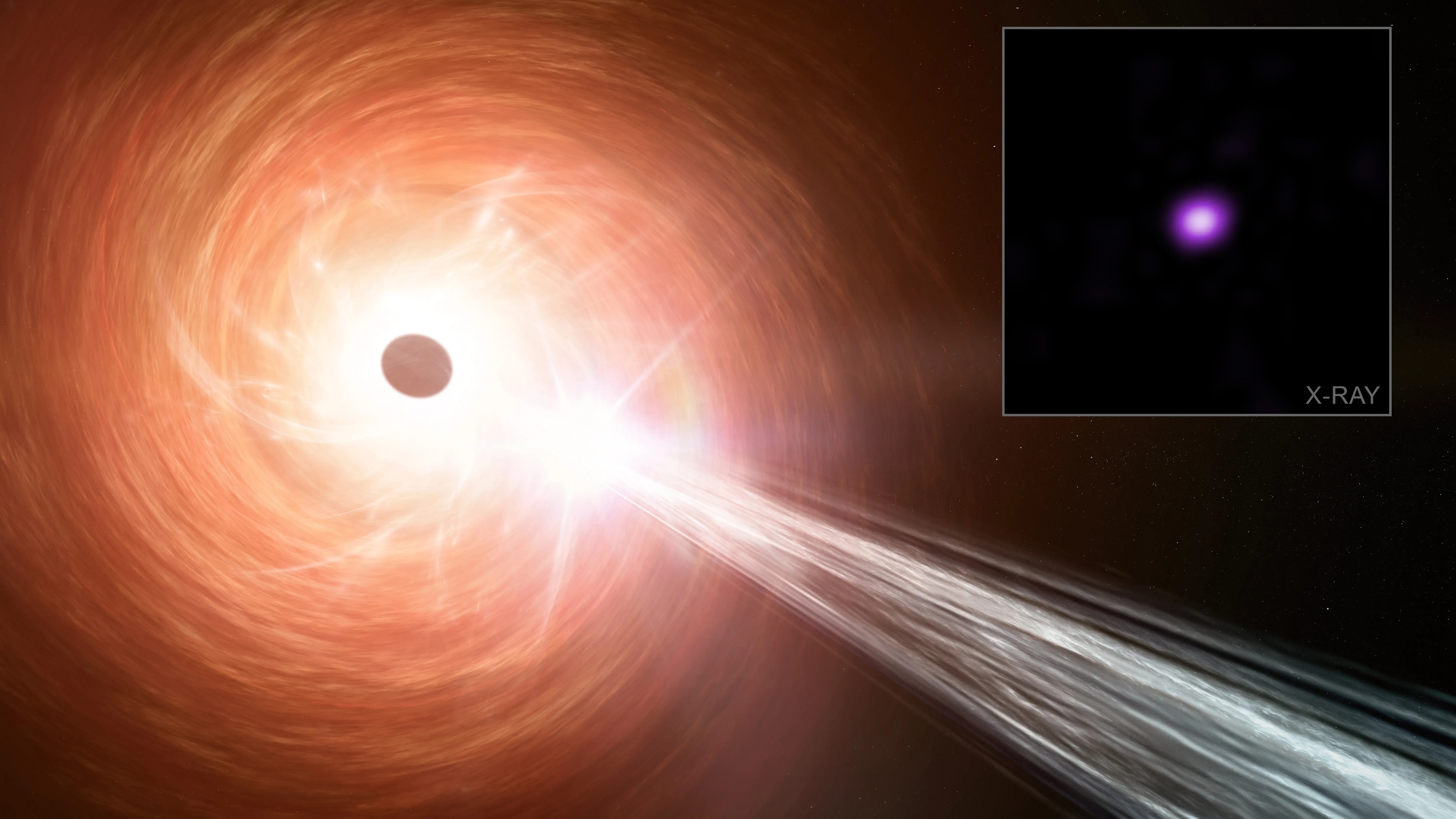
'Shocking': Black hole found growing at 2.4 times the theoretical limit
By Brandon Specktor published
Scientists spotted an enormous black hole in the early universe that's growing at 2.4 times the theoretical Eddington limit. Studying it further could help answer one of the biggest questions in astrophysics.
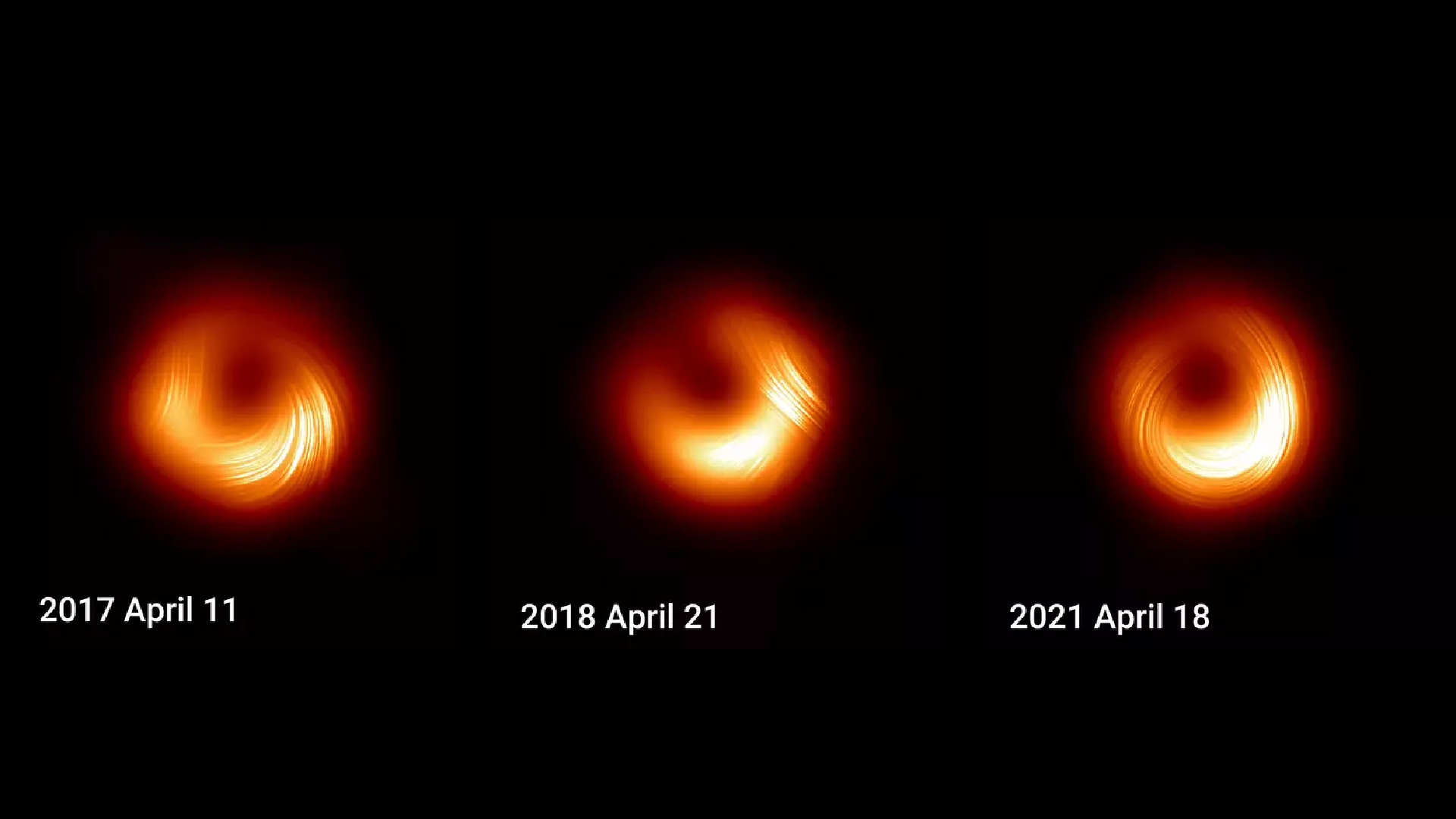
'Dramatic' changes spotted in first black hole ever imaged
By Elizabeth Howell published
The polarization pattern around M87* — the first black hole to be directly imaged by the Event Horizon Telescope — has changed direction, and scientists aren't sure why.
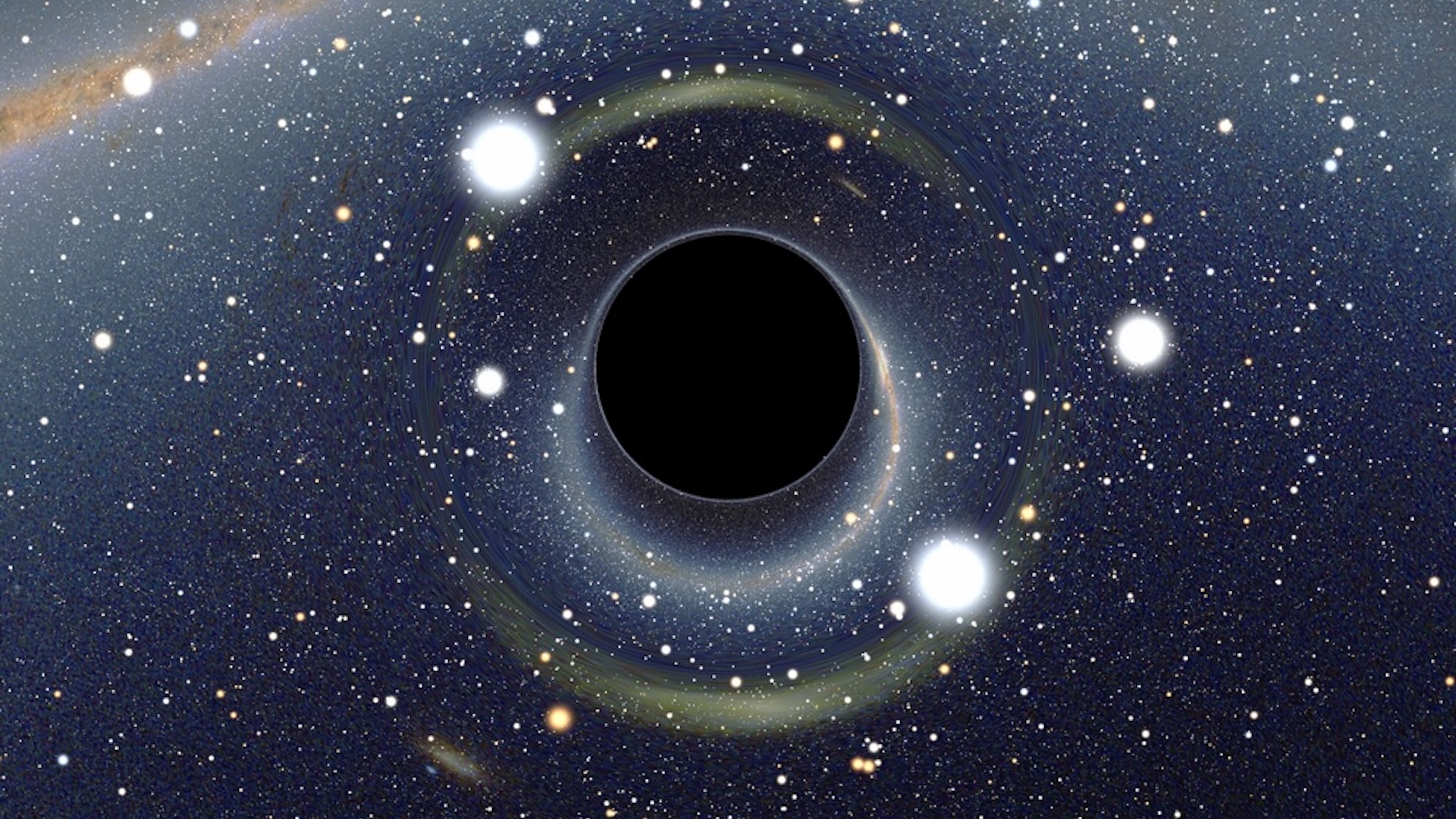
There's a 90% chance we'll see a black hole explode within a decade, physicists say
By Mark Thompson published
How often do black holes explode? New research refines old calculations, hinting that black hole explosions may be a once-in-a-decade occurence.
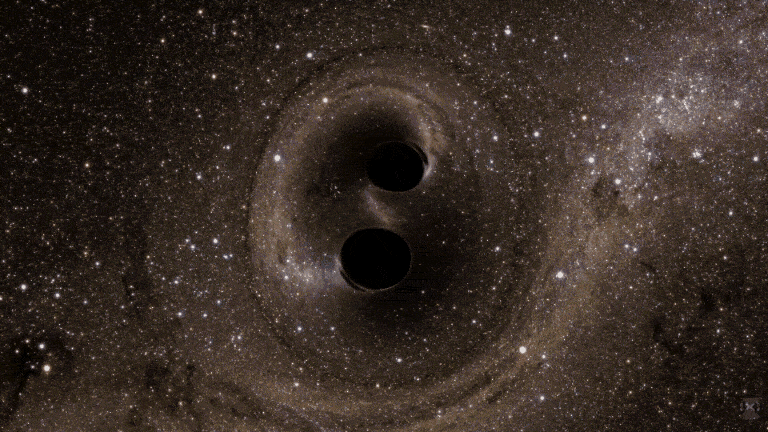
Scientists measure the 'natal kick' that sent a baby black hole careening through space for the first time
By Sophie Berdugo published
Two black holes merged together 2.4 billion light years away from Earth, and scientists have just figured out how fast the newborn ricocheted, and in which direction.
Get the world’s most fascinating discoveries delivered straight to your inbox.
